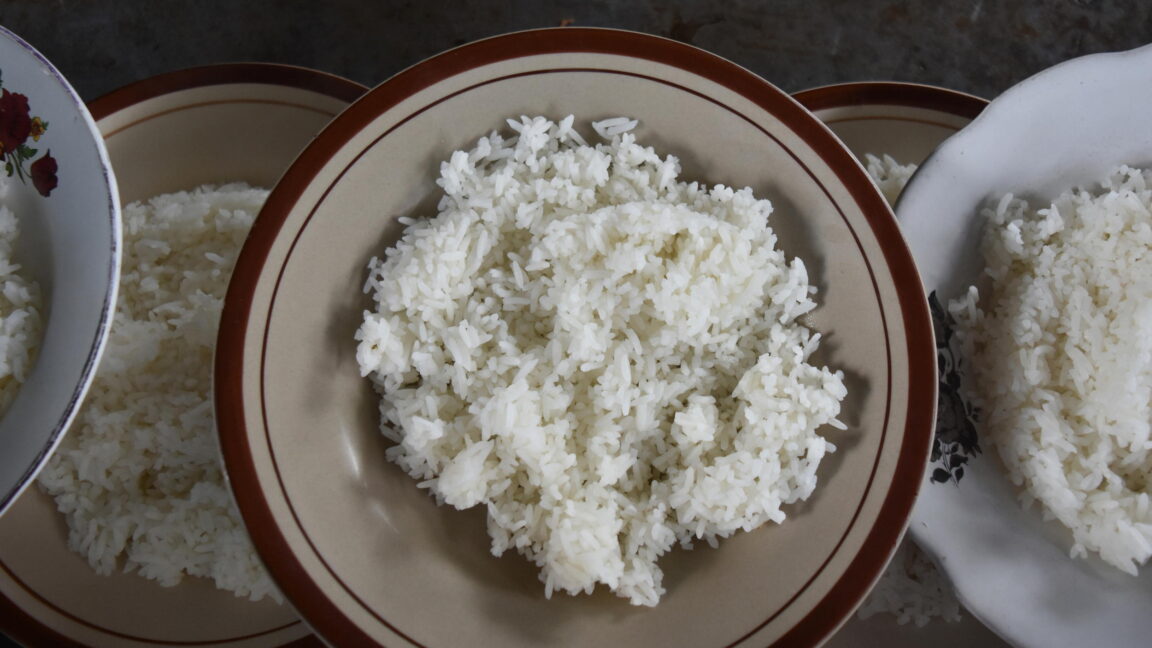INSUBCONTINENT EXCLUSIVE:
For six years, Ziska and a large team of research colleagues in China and the US grew rice in controlled fields, subjecting it to varying
levels of carbon dioxide and temperature
They found that when both increased, in line with projections by climate scientists, the amount of arsenic and inorganic arsenic in rice
grains also went up.Arsenic is found naturally in some foods, including fish and shellfish, and in waters and soils.Inorganic arsenic is
other crops, but it has one advantage: It grows well in water
So farmers germinate the seeds, and when the seedlings are ready, plant them in wet soil
They then flood their fields, which suppresses weeds, but allows the rice to flourish
bladder, and lung, heart disease, and neurological problems in infants
Research has found that in parts of the world with high consumption of rice, inorganic arsenic increases cancer risk.

